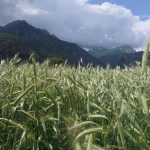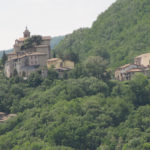A precious Traditional Agri-food Product
Aosta Valley: the Great St. Bernard Valley
E-bike tour on the Salt Way and the tradition of local cured meat
E-bike tour in the Great St. Bernard Valley. A cycling route crossing the Via Francigena (i.e. Pilgrims Way), following the so called Salt Way. That’s history! Salt reached the whole region from the Alps along this route, it was used since ancient times to preserve meat. Salt plus breeding: this is the tradition of Aosta Valley cured meats!
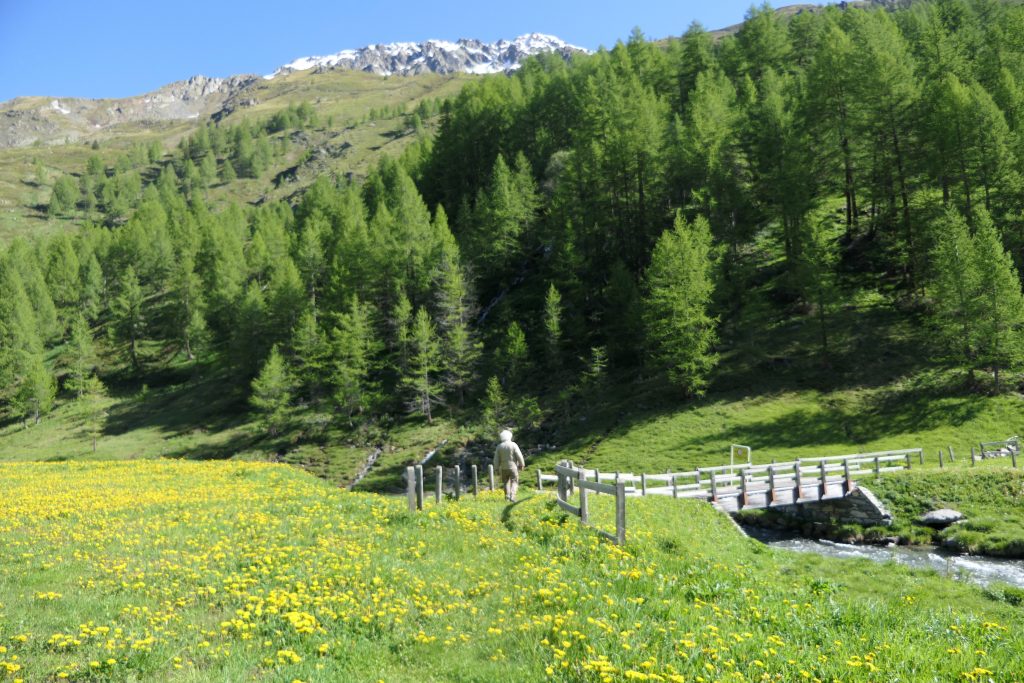
Our reporter Patrizio and his guide Ettore follow these bike tour stages: Saint Rhémy, for a taste of local Jambon de Bosses; the Spring of Citrìn; the historical village and open-air museum Ètroubles; the Rue Noeuf, an irrigation canal that carried water to the pastures, suiting perfect as a tourist route today. They also met some Lanzette, the masks of the Coumba Freida historic Carnival, a great event held every February in Étroubles.
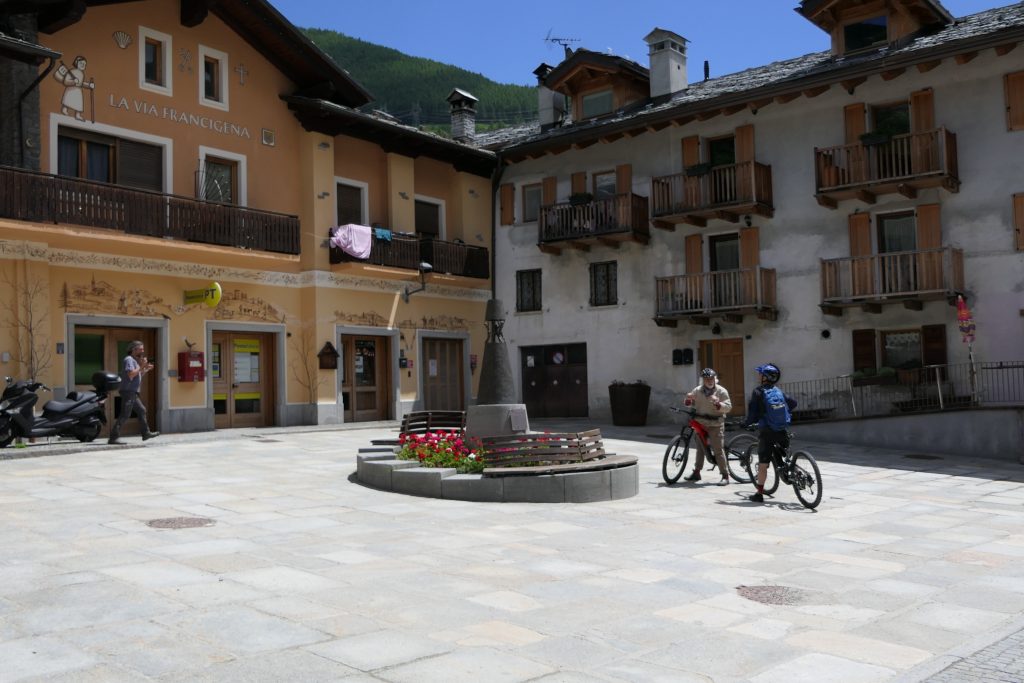
Etroubles 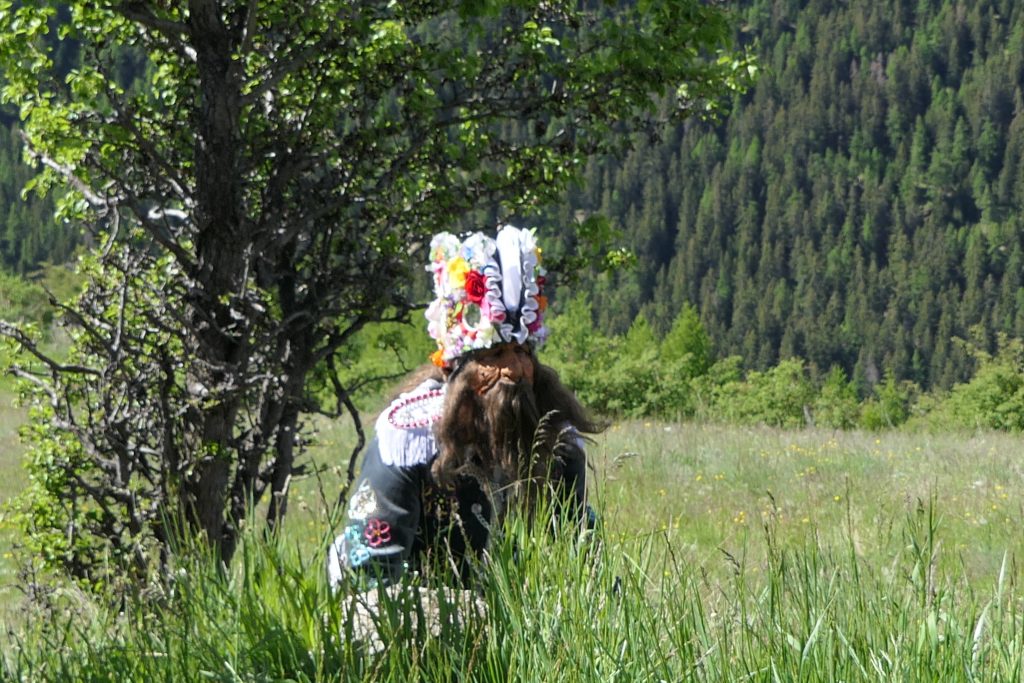
The Lanzette 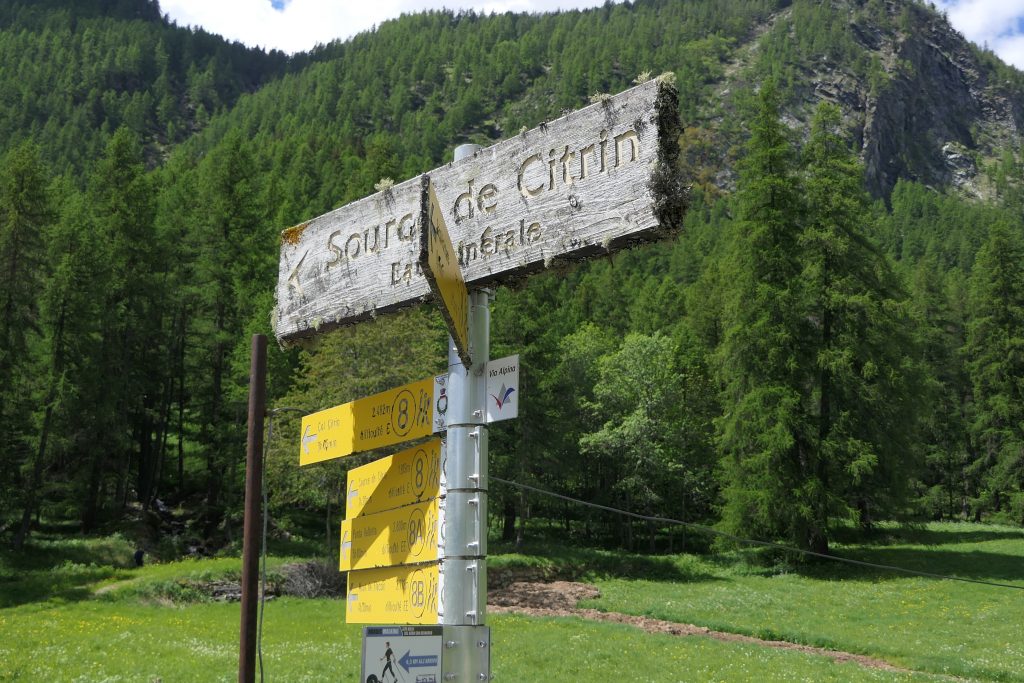
Spirng of Citrin
Once off the e-bike, Patrizio takes his “pilgrim’s stop” at Angelo and Sylvie’s farmhouse and farm, where he finally meets the Aosta Valley cows, which traditionally graze in the mountain pastures, helping to define and protect the landscape!
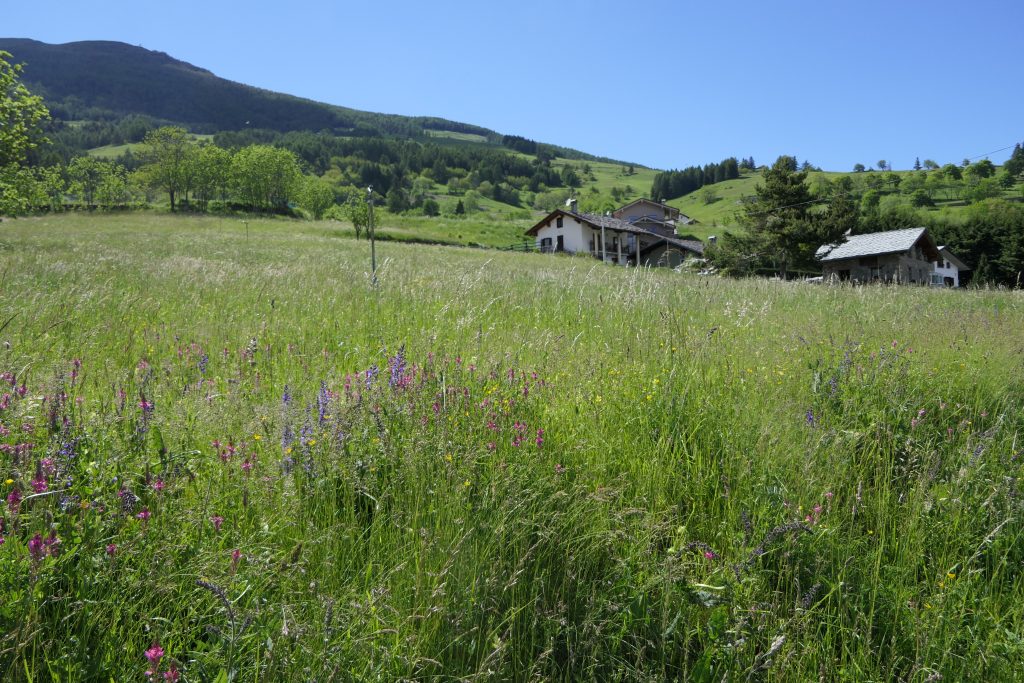
La Couis Farmhouse 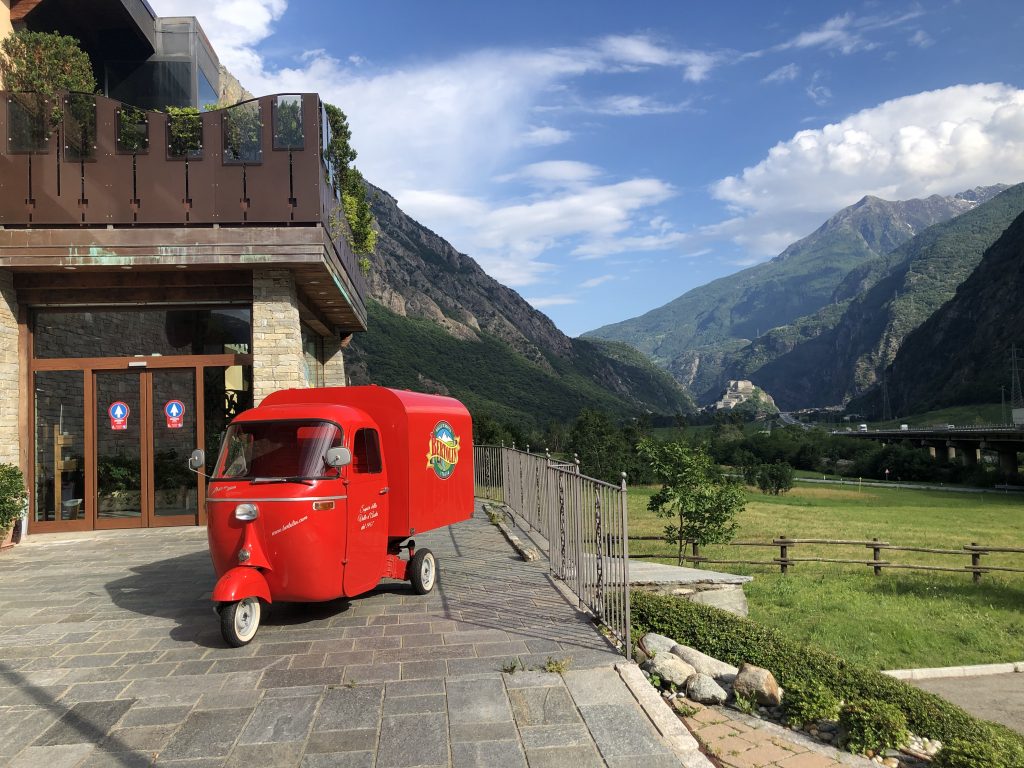
Salumi Bertolin 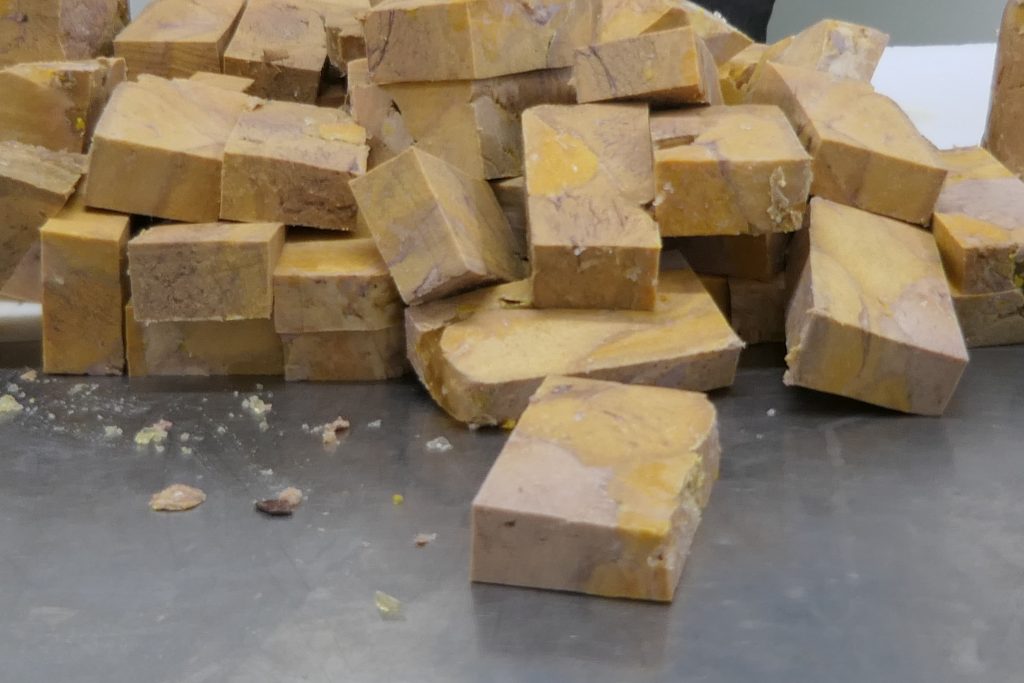
Teteun, from Aosta Valley
Last (but not least) stop on the Salt Way: the tasting of the Aosta Valley PATs (Traditional Agri-food Products). The strangest is Teteun, a cured meat made from the udder of cow, corned and cooked, celebrated every year in Gignod in a beautiful feast every end of August. The others are the Boudin, an added-to salami with potatoes and beetroot; the Salée, Tseur achetaye, known as Salted Meat and flavored with garlic; the Mocetta, evolution of the Salée, dried and seasoned. The family of Aosta Valley salami also includes one PDO (Protected Designation of Origin): the Lard.
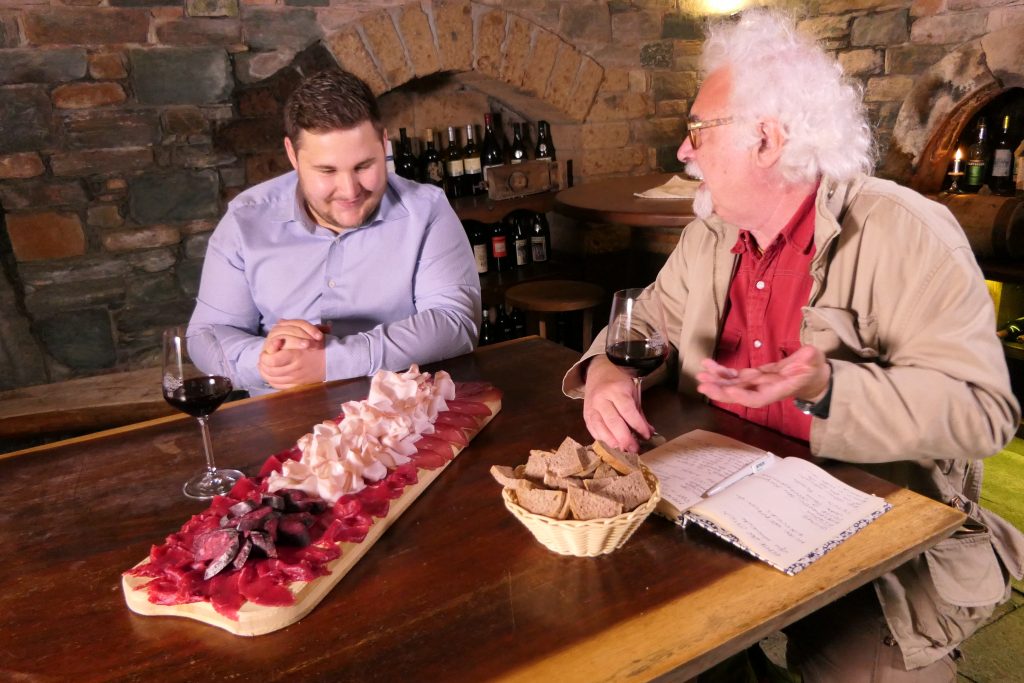
These food excellencies prove the importance of salt, let’s toast to salt then!
Filmed in collaboration with Aosta Valley Region

